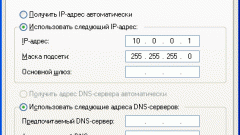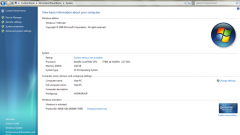Differences in the application
If you create a local network, it means that you need to configure the domain or workgroup, so that all connected computers can communicate with each other. Despite the fact whether you have domain or workgroup, it all depends on the system administrator and the size of the network. Working groups are used when there are only a few computers in one place, which should be linked. Domains, on the other hand, is designed for large companies where there are dozens of computers connected to the network. Computers from anywhere in the world can also connect to the domain using VPN technologies.
The process of creating workgroups and domains
Working groups, in essence, it is easier to create compared to domains. You just need to connect some computers using switch and establish the new working group. You can also attach them to the working group, which you already have. To create a domain in the first place, you must configure the domain controller. It is a computer that authenticates users that want to connect to, and provide them with the requested data. Domain controllers are also essential when adding an additional layer of security. For domains, you can use a dual security system: a General domain and a separate one for each computer. In a workgroup, the antivirus installed on each computer individually.
Adding new users
Even though the domain harder to create compared to the working group, it provides scalability for the entire system. This has huge implications for business expansion. Add users or computers in a workgroup will mean that all of them (computers, users) must be configured for each account. It takes a lot of time and quite uncomfortable, especially when the number of computers is measured in tens. In the domain, the administrator can do all of that on one terminal within a very short time. In addition to scalability, domains are also very structured and allow you to determine what services or folder available to a specific user. This feature is not available in workgroups and anyone connected to the workgroup can access all services and resources.
Conclusions:
1. Working groups are convenient for small networks, while domains are used to create networks in medium and large companies.
2. Working groups are easy to create, and domain implementation is more complex and takes more time.
3. Management in domain-based controller, which is more secure compared to working groups.
4. To add a new user in the domain is much simpler than in the working group
5. You can assign resources to certain accounts in domains but not workgroups.





